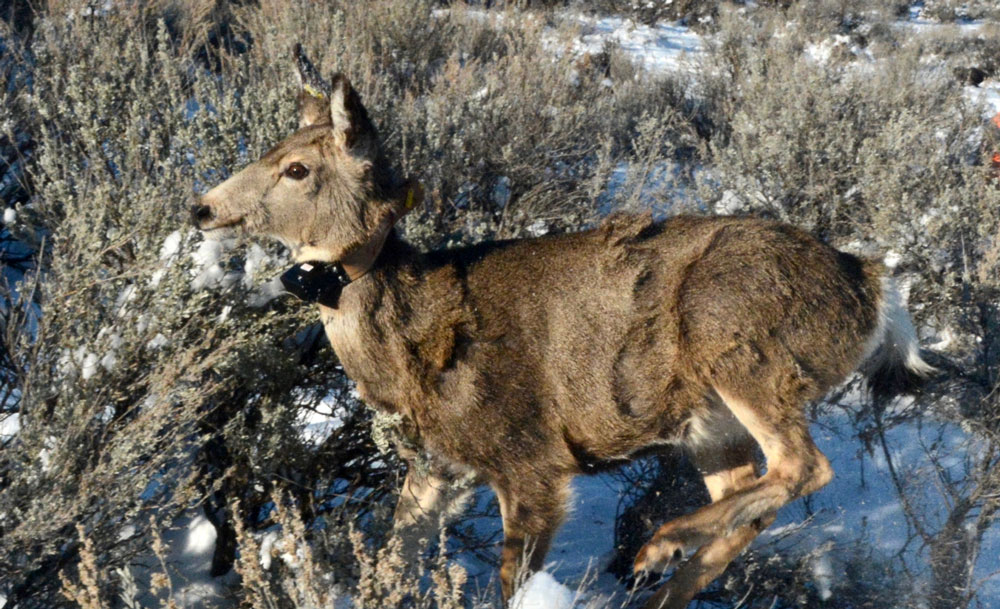Below is a news release from the Idaho Department of Fish and Game.
After a relatively mild winter, statewide survival of radio-collared mule deer fawns and elk calves was above average through the end of May, the final month of the Idaho Department of Fish and Game’s monitoring period.
Statewide, 73 percent of radio-collared elk calves and 63 percent of mule deer fawns survived through the winter.
“We’ve been monitoring overwinter survival of mule deer fawns for the last 22 years. During that time, the average survival of fawns caught in early January as six-month-old fawns through the end of May has been 57 percent,” said Jon Rachael, State Game Manager. “This last winter, 63 percent survived, which is a little higher than the long-term average and way better than the previous three years.”
Projecting forward to the fall hunting season, the higher-than-average fawn survival means there will likely be more yearling bucks for hunters to harvest than there have been for a few years, but Rachael added that mule deer populations will need a couple good years of overwinter survival to make up for the declines they have experienced over the past several winters.
How the numbers compare to recent years
Through May 31, 63 percent of radio-collared fawns and 73 percent of radio collared elk calves were still alive. That compares with:
- 2018-19: 42 and 69 percent
- 2017-18: 57 and 66 percent
- 2016-17: 30 and 52 percent
Elk have not been trapped and collared for as many years as mule deer, and elk calves typically survive at a higher rate than mule deer fawns. Since researchers began collaring elk calves in 2014-15, survival has ranged between a low of about 52 percent in 2016-17 to a high of 84 percent in 2014-15. This year, 73 percent of radio-collared elk calves survived the winter, up from 69 percent in 2018-19.
Fish and Game researchers also use radio-collars to monitor adult elk cows and mule deer does, which typically survive at high rates unless it is an extreme winter. Of the 466 radio-collared mule deer does being monitored by Fish and Game researchers, 93 percent were alive through May 31, and 97 percent of the 521 collared cows survived.
(Photo source: Idaho Department of Fish and Game)
